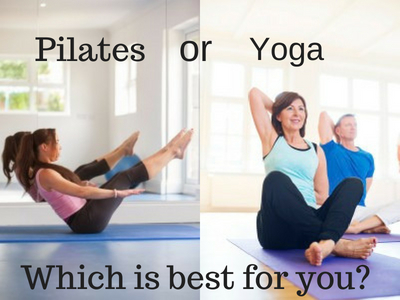
Disclosure: As an Amazon Associate I earn from qualifying purchases. This page may contain affiliate links, which means I may receive a commission if you click a link and purchase something that I have recommended. There is never an additional cost to you.
Pilates or Yoga?
Is a question I often get asked. It’s quite a complex question to answer, because of the similarities between the two, I thought I would give it a go.
We have already discussed Yoga and it’s benefits on many posts within our blog, but lets now talk a little about Pilates.
What is Pilates?
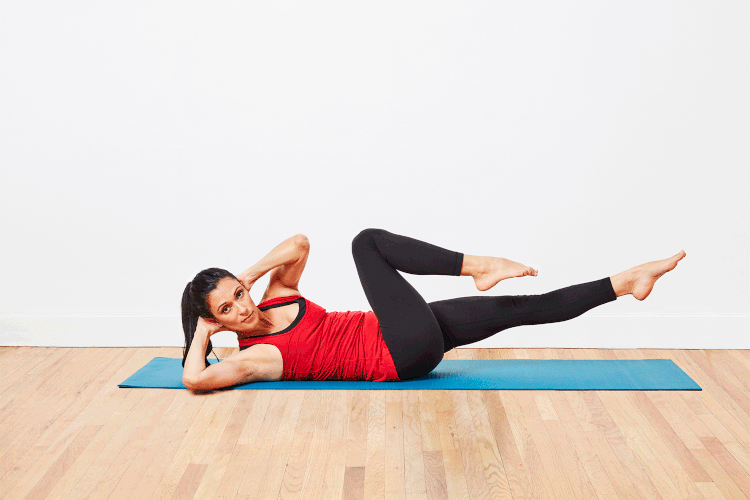
Pilates is an exercise system focused on improving strength, flexibility,, and body awareness, without necessarily building bulk. The method is a series of controlled movements performed on specially designed spring-resistant exercise apparatus (the Reformer, the Cadillac, the Spine Corrector, the Ladder Barrel, and the Wunda Chair) or on the floor (mat work), and the sessions are supervised by specially trained instructors. Pilates is resistance exercise, not aerobic (cardio), although the heart rate will certainly rise for a deconditioned individual. However, it’s closer to weight lifting than it is to jogging, biking, or other aerobic activities, and so you should consider it resistance exercise. Now lets remind ourselves what Yoga is.
What is Yoga?
Yoga is one of the most popular, if not the most popular, workout regime among those who are looking to gain strength, flexibility and even lose weight. It can be done from the privacy of your home or in a classroom. Yoga is great for reducing stress and allowing for greater relaxation. Once you get into Yoga though, you learn that it is so much more than just a way to workout and keep in shape. It is a philosophy, a passion and a way of life for many of those involved in Yoga. While you may be getting into yoga for the exercise, you may soon find yourself wrapped in the philosophy and spirituality that Yoga brings a long with it.
So what’s the difference between Yoga and Pilates?
Difference no 1 – The Spirit
Yoga – both yoga and Pilates focus on the connection between body and mind. However, yoga adds spirit to the equation. Exploring your spirituality is a massive part of yoga practice, mainly through meditation.
Pilates – focuses on the mind and the body but not the spirit.
Difference no 2 – The Class
Yoga – each yoga class you visit will be different. Some are flexible in routine and even the more structured classes can be changed by the instructor for depending on the needs of the class. Some yoga classes have more of a set plan like Ashtanga and Bikram.
Pilates – the routine is more structured, so you will probably know what to expect when you visit your Pilates session. Plus, Pliates doesn’t use meditation.
Difference no 3 – The Work Out
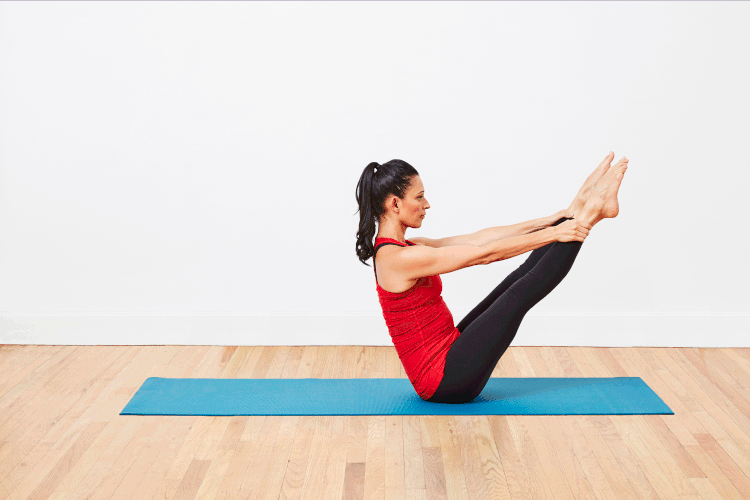
Yoga – classes will work all muscles equally. Poses will be followed by counter poses to create balance in your body. Strenght is an important part of yoga but is only part of the Pilates focus.
Pilates – the routines in Pilates are more regimented and some classes even use machines to gain strenth.
Difference no 4 – Origins
Yoga – started in India more than 5,000 years ago. Since then, it has evolved into many different types of yoga, such as Bikram, Ashtanga, Lyengar etc.
Pilates – was created in the 1920s by the physical trainer Joseph Pilates (1880-1967) for the purpose of rehabilitation. Some of the first people treated by Pilates were soldiers returning from war and dancers such as Martha Graham and George Balanchine (to strengthen their bodies and heal their aches and pains). Since the 1920s, the basic tenets that Joseph Pilates set down have been preserved, and to this day, even with some modifications, the Pilates remains true to its origins.
Difference no 5 – Breathing Techniques
Yoga – there are segments of the routine dedicated to breath technique called Pranayama, where you breath evenly and deeply through the nose, then exhale through the nose, matching those deep breaths with the movement of the poses.
Pilates – doesn’t concentrate so much on breathing and you normally inhale through the nose and exhale through the mouth.
Difference no 6 – Heart Health
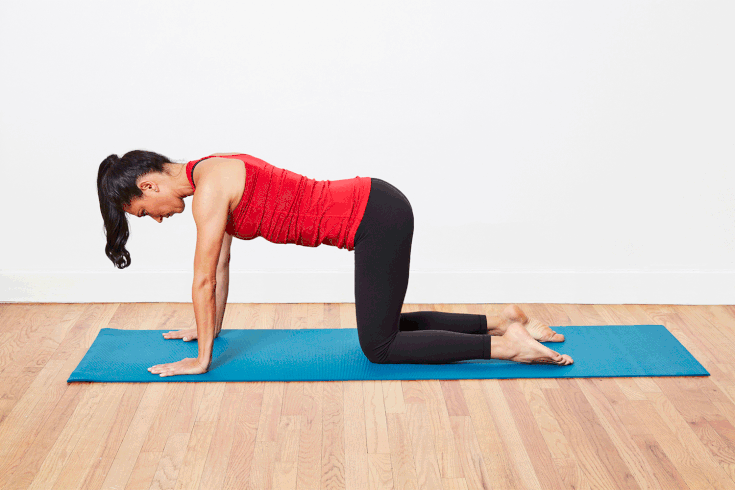
Yoga – power yoga gives a good cardio workout and Bikram or Hot yoga give a great cardio workout
Pilates – you may feel a ‘burn’ with moves in Pilates but you won’t get your heart rate going much than a slow walk, especially as a beginner. You can get higher cardio work out during an advanced session, but it takes a while to become advanced of course.
Difference no 7 – Weight Loss
Yoga – 60 minutes of slow Hatha yoga will burn about 170 calories, whereas a Power yoga class will burn roughly 300. If you want to drop the pounds you need high intensity activity which burns about 600 calories an hour. Jogging fits the bill, but Hot yoga can also be very demanding.
Pilates – 60 minutes of Pilates will burn around 200 calories so you probably need to do around 3 sessions a week to get the same cardio benefit as one hot yoga session or a jog
Difference no 8 – Flexibility & Strength
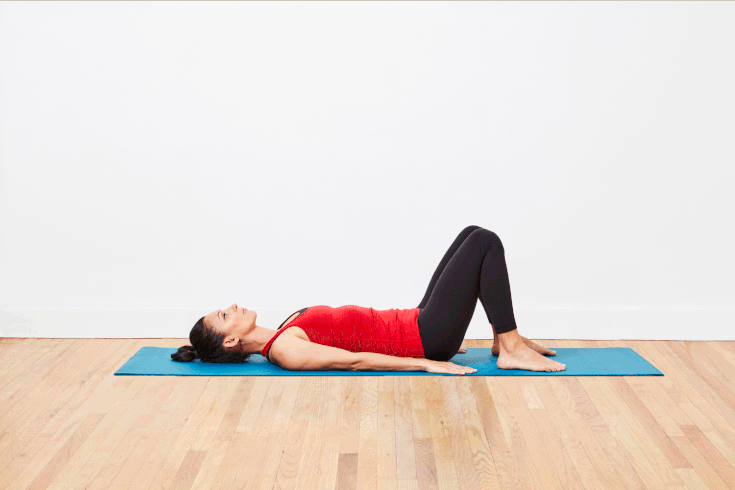
Yoga – by doing yoga 3 times a week you will see an increase to your flexibility by as much as 24% after 8 weeks. During the same period your push ups will increase by 20%, so both flexibility and strength will increase by around 22%
Pilates – tends to be better at strengthening the stomach muscles, but overall flexibility and strength should improve over the same period by around 12%
Difference no 9 – Inner Peace
Yoga – can definitely bring you inner peace. You will feel calmer, more relaxed, have lower blood pressure and your stress hormone, Cortisol has been shown to be reduced after even one session. It also reduces other ailments with regular sessions. This all helps with your inner peace. If your body feels better, then so does your mind. You will also discover meditation. A great way to ease the mind and spirit!
Pilates – doesn’t concentrate so much on inner peace from your spiritual being, but more on improving the physical side of things. However, by improving your strength, flexibility and posture, your inner peace will have improved.